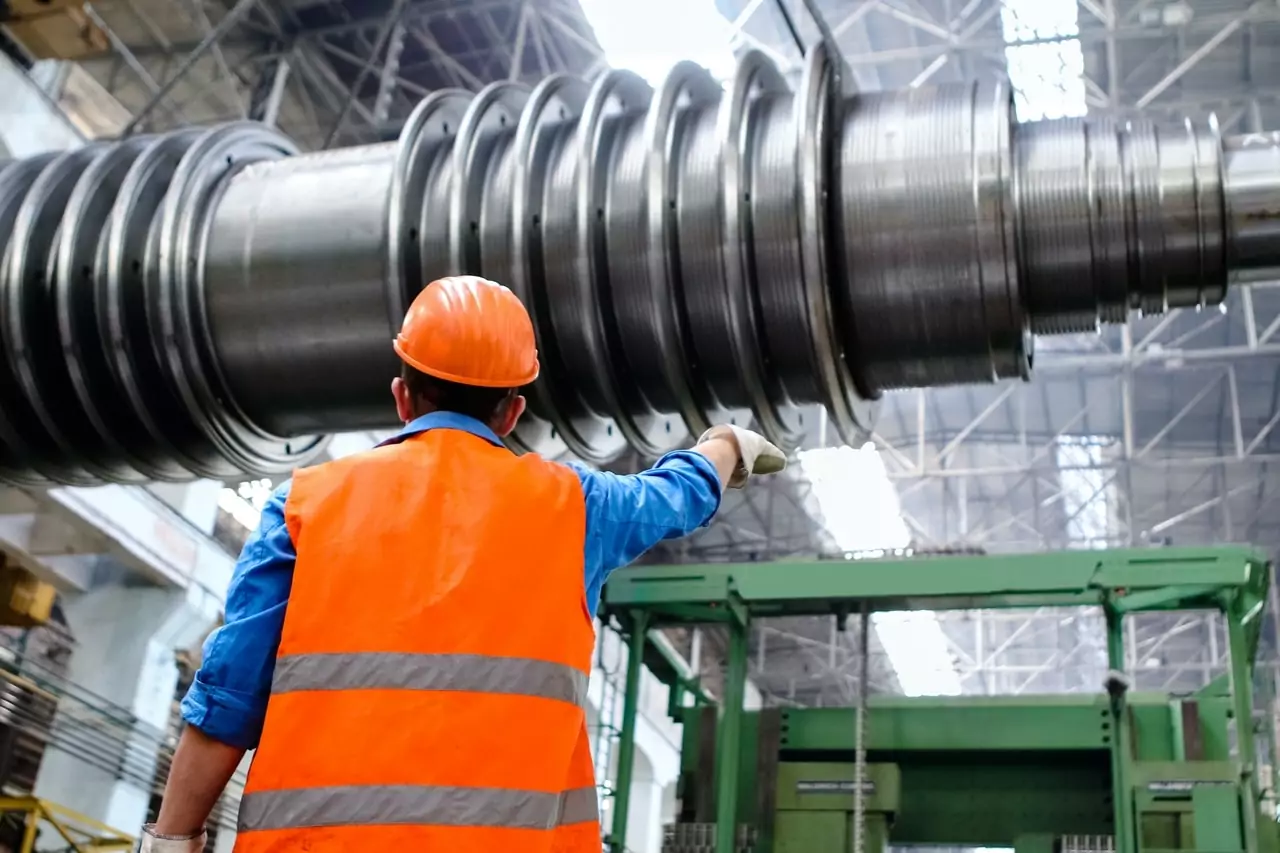Training Essentials for the Manufacturing Sector: Part 2

In the manufacturing sector, training was once primarily carried out informally and on the job. Often with little guidance or oversight from managers, new workers were trained by more experienced workers in a model that might be best described as an informal apprenticeship. Today, across the manufacturing sector, formal training programs are being established, often in partnership with other local colleges. In other cases, manufacturers are creating company-based schools to ensure that training is part of their organizational culture. In short, the manufacturing industry is not only formalizing its training programs but also undergoing a cultural shift with regards to training. As part of this shift, a growing number of manufacturers are also adopting learning management platforms. In our first post on training essentials for the manufacturing sector, we examined three key reasons why training matters in manufacturing. In this post, we examine three additional training essentials for manufacturing: Job Safety Analysis; Machine Guarding and Operation Safety; and Spill Prevention, Control, and Countermeasure (SPCC).

Job Safety Analysis
Just as financial organizations regularly carry out risk audits (e.g., to ensure their data security systems are as secure as possible), manufacturers need to regularly carry out job safety analysis. Depending on the type of manufacturer, safety risks can be posed by everything from old equipment to the mishandling of waste to poorly trained or negligent workers. Carrying out a regular job safety analysis is the best way to ensure that one’s equipment, procedures and workers are in top working order. Reducing safety risks, however, is a collaborative effort and one that needs to be approached from the bottom up. After all, good intentions and policies are inadequate without complete buy-in across an organization, but unless workers understand what the risks are and why following procedures is an important step in risk reduction, one can’t reasonably expect procedures to be consistently followed. As a result, safety training should also train workers to regularly participate in job safety analysis—together, it is possible to build safer workplaces.
Machine Guarding and Operator Safety
In accordance with US Department of Labor guidelines, workers have a right to a safe workplace and this includes a workplace that has implemented appropriate machine guards and properly trained employees to operate potentially hazardous equipment. Ensuring a workplace is safe, however, is a two-way street. In other words, it is the responsibility of both the employer and employees and as a result, training plays a critical role in safety. Potential machine hazards include exposure to moving parts (belts and chains), hot parts and sparks, exposed electrical components, and in some instances, released pressure. Employers can minimize risk but taking steps to ensure that safeguards are in place and by ensuring that workers have been trained to stay focused and use protective equipment whenever appropriate. Download the free ebook on the Top 10 OSHA Cited Hazards.
Spill Prevention, Control, and Countermeasure (SPCC)
A wide range of manufacturing operations are expected to have an SPCC plan in place, including any facility that stores more than 1,320 gallons of fuel above ground or in excess of 42,000 gallons below-ground. Such facilities include but are not limited to fixed onshore and offshore oil well drilling facilities; mobile onshore and offshore oil well drilling platforms; barges, trucks or other mobile facilities; oil refining or storage facilities; industrial, commercial, agricultural, or public facilities that use, store, drill for, produce, gather, process, refine or consume oil or oil products; waste treatment facilities; and pipeline systems used to transport oil exclusively within the confines of a non-transportation related facility. In short, SPCC plans are designed to help organizations that work with oil in any capacity prevent the discharge of oil into navigable waters. As discussed in our recent series of posts on compliance, compliance and training go hand-in-hand. In other words, for the aforementioned facilities to comply with SPCC guidelines, they not only need to come into compliance but also train managers and workers to ensure that compliance guidelines continue to be followed moving forward.
For more on this subject, see our Manufacturing Essentials page.